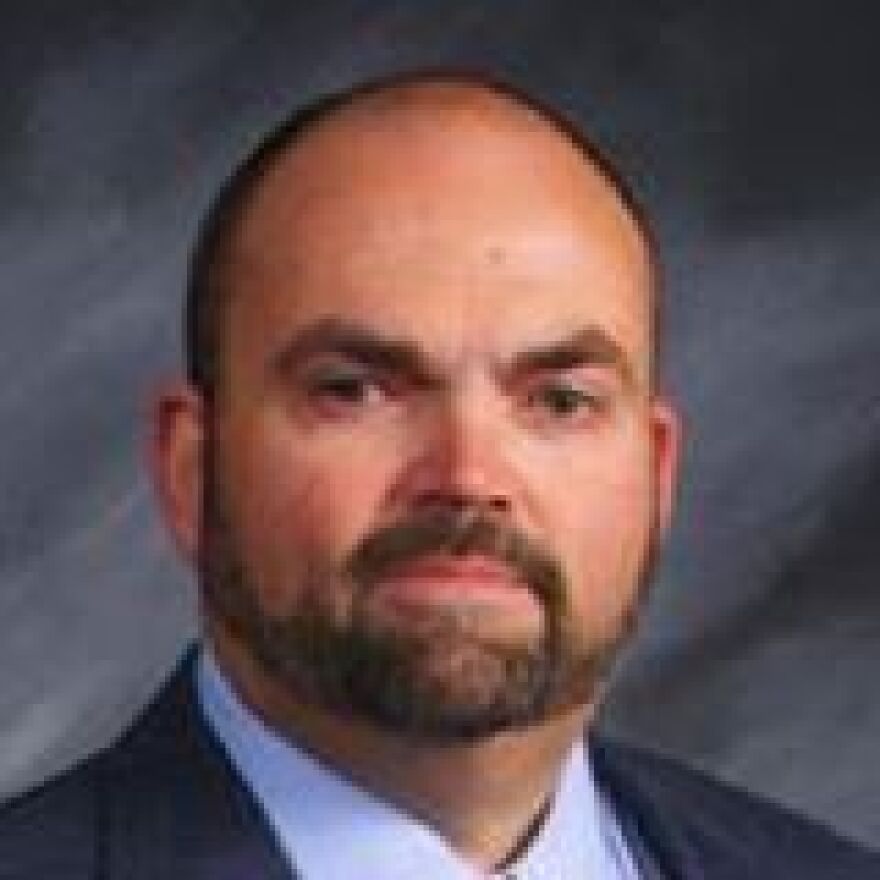A top Oklahoma health official is warning that the budget crunch may force the Oklahoma Health Care Authority to cut payments to mid-level medical providers such as nurse practitioners and physician assistants, which providers say could lead to the closing of rural clinics.
Facing a $611 million budget gap, state leaders say most agencies will see spending cuts, or at best, a flat budget. But even with a flat budget, Health Care Authority officials said, many low-income residents could see a reduction in health care access and services.
Budget documents released by the Authority indicate the agency is proposing more than $40 million in budget reductions for the 2016 fiscal year. Those cuts range from $2.9 million in administrative cuts to a $5.2 million, or 15 percent, reduction in reimbursement amounts paid to nurse practitioners, physician assistants, physical therapists and other mid-level providers.
Doctors could see reimbursement rate cuts of about 2 percent, lawmakers said.
The reductions would lower fee-for-service payments to 85 percent of the Authority’s physician fee schedule.
About 3,250 providers would be affected.

“These cuts weren’t put on the list lightly,” said Nico Gomez, the Health Care Authority’s executive director. “They are significant reductions.”
Legislative leaders have said the Health Care Authority is not being targeted for a cut in its budget, which was $953 million in fiscal 2015. But in February the Authority requested $78 million in new funds for its 2016 budget just to maintain its level of services, in the face of rising demand and costs.
That request was highly unlikely to be granted, Gomez said.
Without any increase, Gomez said, the Authority plans to reduce program spending by $40.3 million and use about $15 million in carry-over funds.
“That still leaves us with a $23 million hole,” he said.
Should the Health Care Authority board approve the proposal at its June meeting, the cuts – which would go into effect on July 1 – would be the third reduction in provider rates over three years.
Since 2013, both physicians and nurse practitioners have seen their reimbursement rates reduced by a total of 11 percent.
House Budget Chairman Rep. Earl Sears, R-Bartlesville, confirmed that the Authority’s standstill budget would result in significant cuts to medical providers.
“Everything they are saying is true,” Sears said, “but there were proposals to make even deeper cuts. It could be much worse.”
Although lawmakers and the governor’s office have said that cuts to core state agencies would be as “painless as possible,” nurse practitioners said the Authority’s proposal could damage health care in some areas of the state and could force some clinics to close their doors.

Toni Pratt-Reid, a nurse practitioner who operates three medical clinics in the Oklahoma City and Piedmont areas, said the cuts could force her operation to make dramatic cuts because patient demand and costs are rising. Statewide, access to health care for Medicaid patients could tighten.
“If these cuts go through, I’ll probably have to close two of my clinics,” Pratt-Reid said.
Pratt-Reid said her three clinics serve about 7,000 patients, and at each clinic at least 50 percent of those patients use Medicaid. If her reimbursement rates are cut again, Pratt-Reid said 5,000 of her patients could be forced to find another medical provider.
“It would leave people with few options,” she said.
Robert Stramski, owner of a family medical clinic in Jones, said clinics operated by nurse practitioners are often the only medical facility for rural families.
“Many of these clinics are serving the Medicaid population,” he said. “At my clinic I have a large number of Medicaid patients. If reimbursement amounts are scaled back, I’ll have to scale back the number of SoonerCare (Medicaid) patients I can serve.”

State Rep. Doug Cox, an emergency room physician, said he understood the concerns being voiced by nurse practitioners, but said many private insurance companies reimburse mid-level medical professions at 85 percent.
“A majority of insurance companies don’t reimburse nurse practitioners at 100 percent,” Cox, R-Grove, said. “The Health Care Authority’s proposal would bring them in line with what is pretty much standard. It doesn’t bother me that they would be reimbursed at a lower rate than a physician.”
Still, Cox acknowledged that a 15 percent cut in rates could harm rural independent medical clinics.
“I am concerned that the cuts could put the clinics in a financial hardship,” he said. “There are those who say these people are crying because they don’t want their budgets cut, but this is real problem. I understand that.”
Should clinics close, Cox and Pratt-Reid others predicted patients would turn to hospital emergency rooms for service.
“If I treat someone with a sore throat, it’s probably an $85 cost,” Pratt-Reid said.
“But if they go to an emergency room for a sore throat, it’s going to cost $1,000.”
Cox agreed. He said he has seen increased usage of emergency rooms by Medicaid patients.
“They will go there or to a federally qualified health care center,” he said. “The problem is a lack of money – it’s not there. I don’t have an answer.”
-----
As a community-supported news organization, KGOU relies on contributions from readers and listeners to fulfill its mission of public service to Oklahoma and beyond. Donate online, or by contacting our Membership department.






